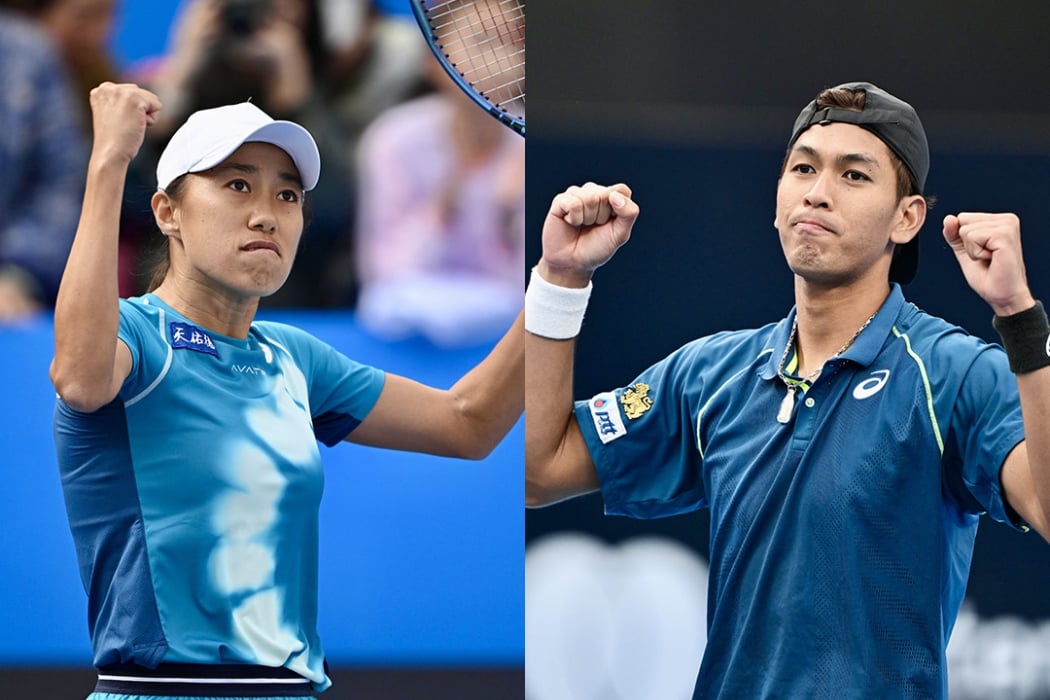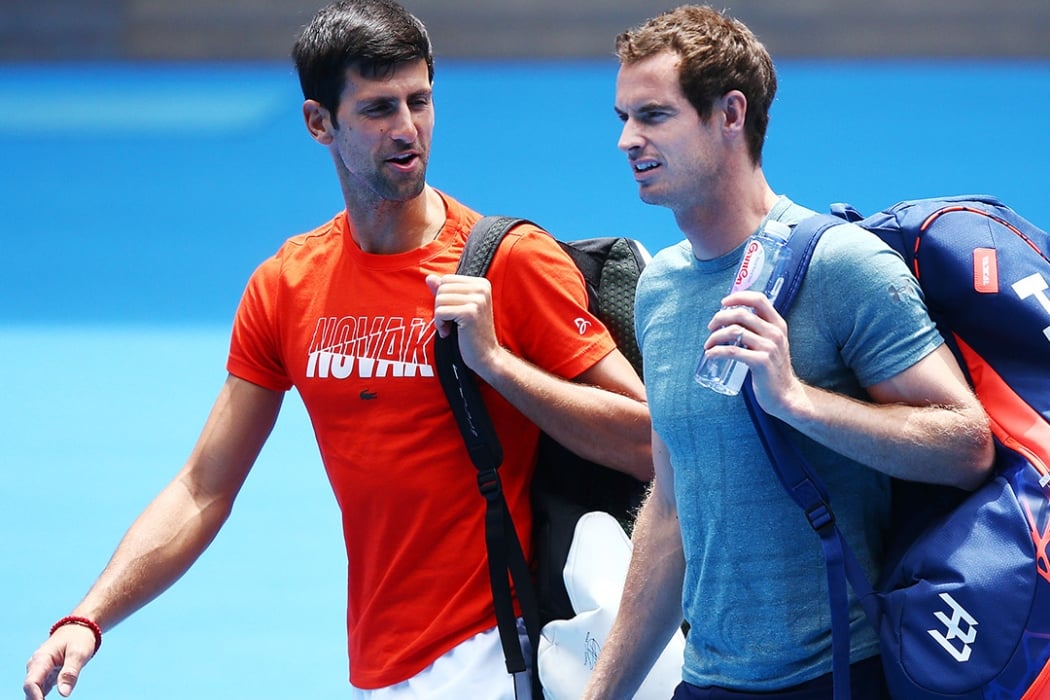In a career with no shortage of ecstatic highs and record-breaking milestones, Roger Federer may consider his Australian Open 2017 triumph as his greatest Grand Slam victory.
It had been nearly five years since the Swiss star had won a major title, and at age 35 time appeared to be running out to add to his haul. Plus, he’d just spent six months on the sidelines to rehabilitate his knee – the most significant injury of his career.
Season 2016 was a challenging one for Federer. Shortly after the Australian Open he was running a bath for his daughters when an innocuous movement led to a meniscus tear – and the first surgery of his career.
He played just five events for the rest of the year, the last being Wimbledon. During his semifinal loss there to Milos Raonic, his surgically-repaired left knee buckled and he fell heavily, lying prone on Centre Court for several seconds.
EPIC 🙌 @rogerfederer pic.twitter.com/CCdLAzXLda
— #AusOpen (@AustralianOpen) December 3, 2024
Federer retreated for the rest of the season to concentrate on healing. It marked his first title-less year since 2000, and because of his inactivity, he exited the top 10 for the first time since 2002. Before the grass-court season he skipped Roland Garros, his first Grand Slam main-draw absence since 1999.
PRICELESS MOMENTS: Win great prizes with Mastercard
In a career defined by consistency, regularity and the ability to avoid injury, it was unheard of for Federer to go this long without competing.
Nobody was sure how he would rebound.
The return
“I don't slip a lot. I don't ever fall down,” he commented after the Raonic match. “It was a different fall for me than I've ever had.”
He showed promising signs in his return at the 2017 Hopman Cup, winning two of his three singles matches. But that was not an officially sanctioned event, meaning he arrived at Australian Open 2017 having not played a tour-level match in more than six months – and at his lowest ranking (No.17) since June 2001.
At Melbourne Park, Federer began inauspiciously, scratching his way past qualifiers Jurgen Melzer and Noah Rubin. But “everything clicked” once he began his third-round match against Tomas Berdych.
Federer overwhelmed the world No.10 6-2 6-4 6-4 in a statement victory, and maintained that momentum, beating top-five players Kei Nishikori and Stan Wawrinka – either side of a win over surprise quarterfinalist Mischa Zverev – to arrive in the final.
It was his first appearance in a Grand Slam decider in almost 18 months, yet across the net loomed career nemesis Rafael Nadal.
Flipping the script
A magnificent, and nostalgic, final unfolded at Rod Laver Arena, but when Nadal won the fourth set and broke Federer to lead 3-1 in the fifth, it felt like history repeated.
Federer had never beaten Nadal in Australia – he had lost all three of their previous AO matches – nor beaten the Spaniard at a major in almost a decade, losing their last six Grand Slam meetings. Nadal led the head-to-head 6-2 in major finals, 9-2 at Grand Slams, and 23-11 overall.
RELATED: Retiring Rafa's slice of AO history stands tall
MORE: Federer’s letter to Nadal encapsulates beauty of tennis
And again Nadal was charging to the finish line, until Federer staged the most unlikely of comebacks. It hinged on an astounding 26-shot rally in a compelling eighth game, which Federer won by scorching a forehand winner down the line.
He went on to break for a 5-3 lead, and in the next game converted his second championship point with a forehand winner that only became clear after a suspense-laden Hawkeye challenge.
“I told myself to play free. You play the ball, you don't play the opponent. Be free in your head, be free in your shots, go for it. The brave will be rewarded here,” Federer said after winning his first Slam title since Wimbledon 2012.
“I didn't want to go down … seeing forehands rain down on me from Rafa. I kept on fighting. I kept on believing.”
A season to remember
Since the Australian Open moved to Melbourne Park in 1988 and expanded to a 128-player singles field, Federer remains the only man to beat four top-10 players en route to an AO title.
Considering he had not played for six months leading in, it made his achievement all the more staggering.
“I have only so much tennis left in me,” he said. “You never know when your next Grand Slam is going to be, if ever. You never know if you're going to have an opportunity at this stage.”
Federer capitalised on his form, translating it into one of his best-ever seasons.
He beat Nadal in all four of their 2017 meetings, won seven titles from eight finals – including a 19th Slam at Wimbledon and Masters trophies at Indian Wells, Miami and Shanghai – and rose to world No.2 after winning 54 of his 59 matches.
At Australian Open 2018 he defended his title – this meant he had won three of the past five Grand Slam events – and the next month returned to world No.1.
READ MORE: Rafael Nadal, King of Clay and tennis giant, waves goodbye


